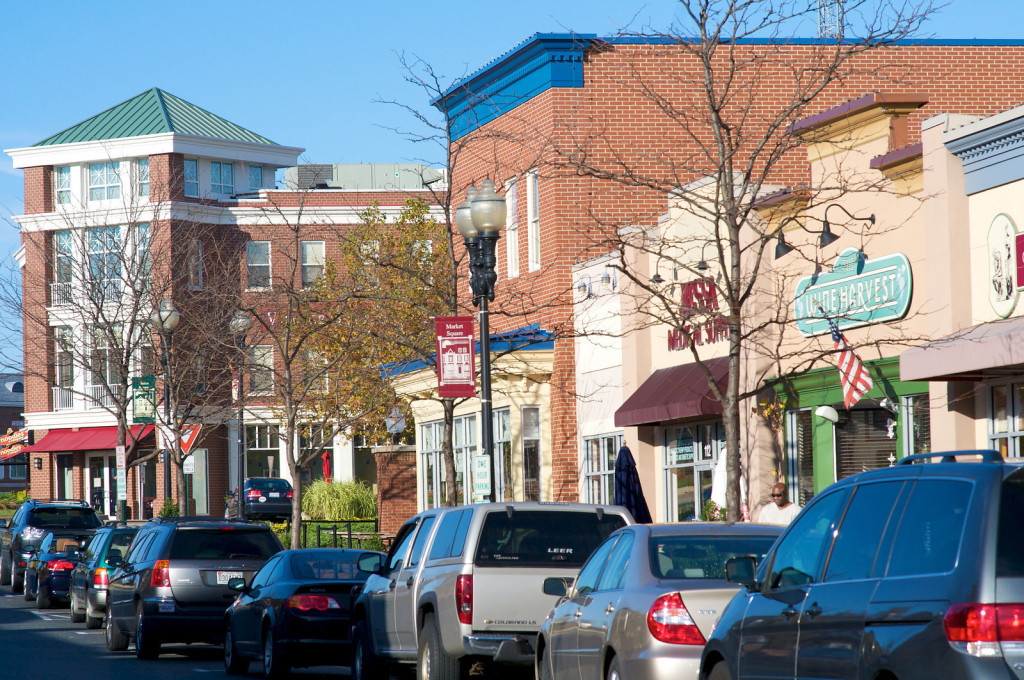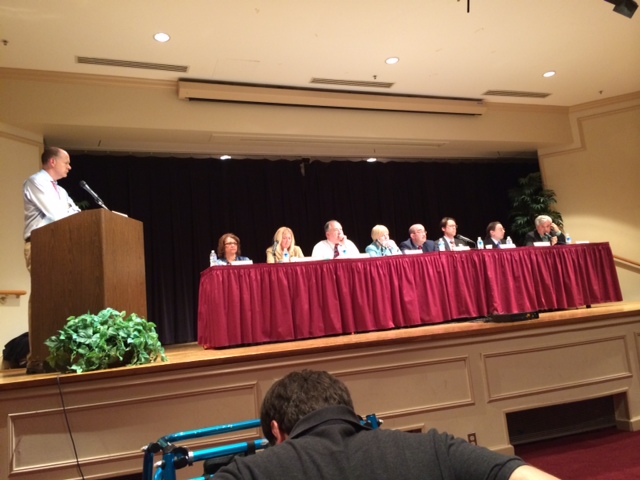Thrive 2050, the proposed general plan for Montgomery County, has been touted by advocates as vital to promote economic and racial equity. So it’s interesting to see their reaction to the racial equity and social justice (RESJ) review prepared for the County Council by Dr. Elaine Bonner-Tompkins. Many of the same people who rush to label others who have concerns about Thrive as racists or classist aren’t coping well.
Former Action Committee for Transit (ACT) President Ben Ross attacked the review as handing “a few unelected bureaucrats a veto over the actions of our elected representatives.” The irony that Thrive 2050 was authored by a few unelected bureaucrats over at the Planning Board seems to have escaped him.
Councilmember Hans Riemer also dismissed the review’s concerns, stating “Thrive focuses on racial equity and social justice throughout.” He wants to see Thrive approved by the County Council by the end of next month.
The Planning Board’s response to the RESJ, posted on Facebook by its Chair Casey Anderson, denied there is a problem and claimed that Thrive 2050 is “based on best practices for advancing racial and socioeconomic equity.” Anderson’s response argued the RESJ review is wrong, rather than figure out how to do better.
Like Riemer, Anderson wants the Council to speed through its review. During the recent Thrive 2050 worksession, Senior Legislative Analyst Pam Dunn pushed back against legal information put out by Anderson designed to force the Council to move more quickly.
[c
The reaction by the forces behind Thrive 2050 isn’t surprising. Thrive is the product of a nexus between the Planning Board led by Anderson, the PHED Committee led by Riemer, and advocacy groups like the Coalition for Smarter Growth and ACT that draw from the same small overlapping circles. This closely aligned group is determined to fight any changes to a document that reflects their very particular set of views.
Equally important, this group is extremely invested in urbanism as a worldview. They genuinely believe that urbanism provides the right answers to whole set of problems, including racial and economic equity. The leads to a misguided belief Thrive is inherently equitable. But others may have different opinions on what promotes greater equity, and it’s not at all clear that urbanism delivers the goods.
Consequently, it’s important that the Council examine ideas thoughtfully and not accept the framing from a single lens. Even if Thrive is on the right track in many areas, it would benefit from incorporation of meaningful community input. An inclusive document would not mirror a single perspective so exactly.
There is a real difference between conducting outreach and gaining meaningful input. This is why the RESJ review emphasized the need to “elicit the meaningful input of residents of color from communities of color and low-income residents to co-create and update Thrive.” It’s also why Councilmember Nancy Navarro cautioned that ticking off a list of groups was no longer good enough.
Many of the outreach sessions consisted of Planning explaining the positives of Thrive 2050, rather than soliciting and incorporating feedback. Instead of building consensus, Planning and Thrive 2050 advocates took an approach that excluded different viewpoints.
In a similar vein, using lots of equity verbiage is not the same as having a proper and thoughtful analysis of these issues. As it indicated during the work session, the Council is going to have to take the lead in addressing these concerns. The inability of Planning and others to read the room in their vehement reactions to the RESJ review and the Council worksession shows its necessity.


